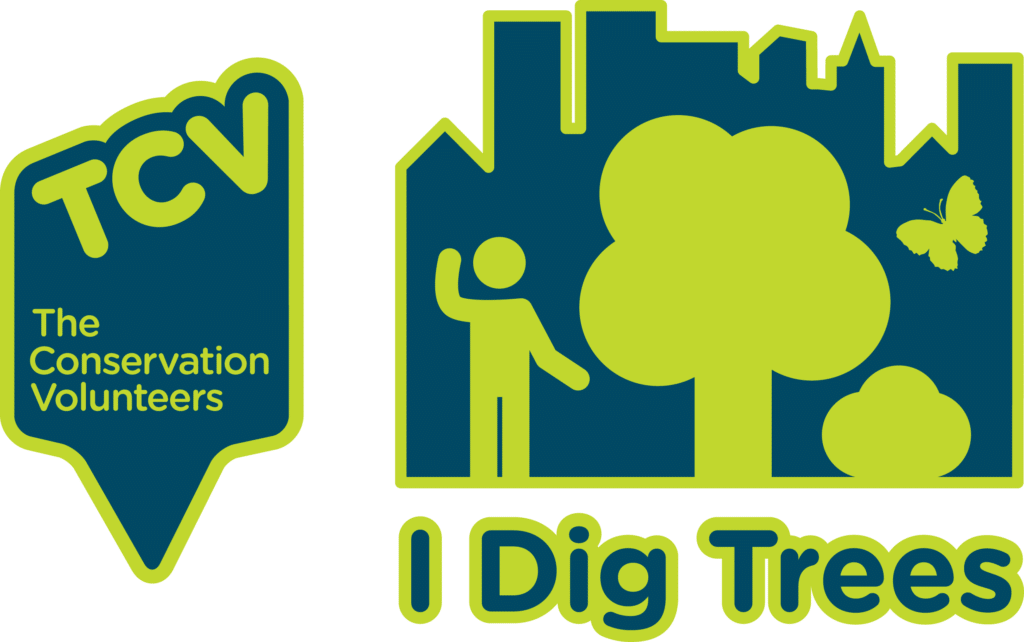
An agile platform to adapt to changing regulations. A team of R&D tax claim and sector specialist: ex-HMRC, ATT qualified, AML trained, AML registered and supervised by HMRC.
Book a MeetingThe Health and Social Care levy (withdrawn)
This guidance was withdrawn on
The Health and Social Care Levy will no longer go ahead. From 6 November 2022, the temporary 1.25 percentage point increase in National Insurance rates is being reversed for the rest of the financial year. The introduction of a separate Health and Social Care Levy tax in April 2023 has been cancelled.
What is the Health and Social Care levy, and how does it work?
Employees, self-employed and employers will all be charged a new additional 1.25% tax. Initially, this tax will be applied in the same manner as National Insurance Contributions (NICs) from April 2022, In April 2023 a separate Health and Social Care Levy kicks in. The Health and Social Care Levy will also apply to earnings for those above the state pension age.
During the 2022/2023 tax year, there will be a temporary increase in the rate of National Insurance contributions, specifically Class 1 NIC (including Class 1A and Class 1B paid by employers on employee expenses and benefits) and Class 4 NIC. The increase in the rate of NIC will also be 1.25 percentage points for the employers’ NIC, as well as the employee’s NIC.
Why are National Insurance contributions being temporarily increased for one year?
The Government has said a new tax is needed to help fund increases in support for the NHS and other health and social care providers. Because of the short time constraints involved, HMRC would be unable to establish a brand-new tax, with a new tax basis, in time for April 2022. As a result, the levy is initially being introduced as a NIC increase ahead of the introduction of the Health and Social Care Levy itself from April 2023.
What happens when the Health and Social Care Levy kicks in from April 2023?
From April 2023 onwards, national insurance contribution rates will decrease to previous levels and a new 1.25% levy will be introduced. This levy will be shown separately on payslips and self-assessment payments and will contribute to the government’s plan to fund investment in the NHS and health and social care providers in the UK.
Those who are above the state pension age will not be affected by the temporary increase to NIC rates for the 2022/2023 tax year, but will have to pay the levy from April 2023 on earnings (but not pension income).
What can SMEs do about the levy?
For small businesses that qualify, the £5,000 annual Employment Allowance for NIC (increasing by £1,000 from £4,000 to £5,000 on 6 April 2022) can be used against the new levy or any other NIC liabilities.
What about other sources of income, like dividends?
Individuals who receive a salary through a personal service business will need to apply the levy to their salaries. In addition, the tax rate on any dividend income is rising by 1.25 percentage points. This will affect any individuals who receive dividends from companies.
Will the threshold for paying National Insurance Contributions change?
When the rise in NICs was initially announced, the salary threshold for paying employee NICs was £9,880 per year and the profit limit for self-employed NICs was £9,568. This was far below the personal allowance for income tax, which is now £12,570 per year.
The chancellor announced in the March 2022 spring statement that the employee NICs threshold and the smaller profits limit for self-employed NICs will be boosted to match the income tax personal allowance in July 2022.
What does the Health and Social Care Levy mean for your R&D tax credit claim?
In the tax year 2022/2023, this payment should be treated in the same way as National Insurance for R&D eligibility purposes.
HMRC has said that they will provide more information about the R&D treatment from April 2023 in due course (but they indicated at the R&D Communications Forum in December 2021 that this levy might not be an allowable R&D cost from April 2023).
Related Articles
Navigating HMRC’s new guidelines for compliance (GfC) in R&D tax relief
Are you required to submit a Claim Notification to HMRC when filing an R&D tax credit claim?
COPYRIGHT 2024 EMPOWERRD | ALL RIGHTS RESERVED





